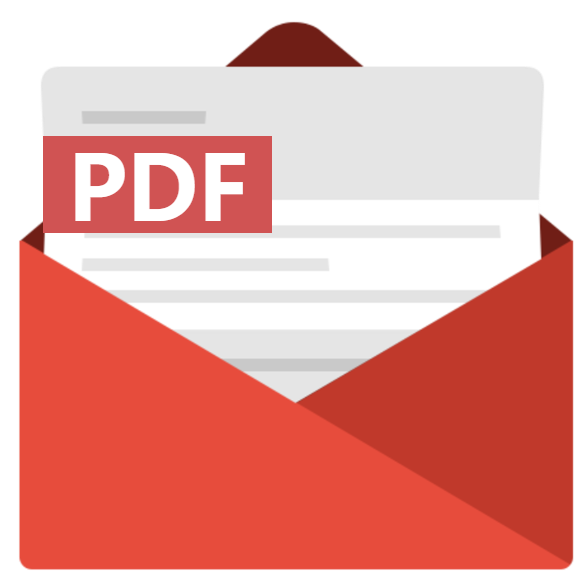Home > Packaging > Packaging Materials > Plastic Packaging > Flexible Packaging Market
Flexible Packaging Market - By Material (Polymer [Polyester, Polyethylene, Polystyrene, Polypropylene], Paper, Aluminum, Cellulosic), Product (Pillow, Stand-up) and Application (Food & Beverage, Personal Care, Healthcare, Industrial), & Global Forecast, 2024 - 2032
- Report ID: GMI1145
- Published Date: Mar 2023
- Report Format: PDF
Flexible Packaging Market Size
Flexible Packaging Market was valued at USD 300.6 billion in 2023 and is poised to observe more than 5.2% CAGR from 2024 to 2032.

Growing consumption of ready-to-eat and packed foods and changing eating habits of millennials will impact the demand for flexible packaging solutions. The advancements in the food processing sector have enabled the production of new types of packaged food products. The availability of local and exotic goods with long shelf lives is transforming customer food-buying behavior, driving market expansion in North America. The introduction of multiple technologies and ongoing research activities for food storage is anticipated to expand product penetration in the food and beverage sector.
| Report Attribute | Details |
|---|---|
| Base Year: | 2023 |
| Flexible Packaging Market Size in 2023: | USD 300.6 Billion |
| Forecast Period: | 2024 to 2032 |
| Forecast Period 2024 to 2032 CAGR: | 5.2% |
| 2032 Value Projection: | USD 474.1 Billion |
| Historical Data for: | 2018 to 2023 |
| No. of Pages: | 300 |
| Tables, Charts & Figures: | 290 |
| Segments covered: | Material, Product, Application |
| Growth Drivers: |
|
| Pitfalls & Challenges: |
|
Stringent regulations on polymer usage and recyclability could impede the growth of the global flexible packaging market. Polymers are extensively used across many industries including consumer products, packaging and coatings, medical equipment, electrical and electronics, building materials, and agriculture. Governing bodies and authorities have levied stringent rules and regulations on the usage of polymers used across multiple applications which could impact innovation in the flexible packaging sector.
Usage of polyethylene in food packaging to foster product demand
Flexible packaging market revenue from the polyethylene material segment is set to cross USD 156 billion by 2032. This growth is credited to the growing popularity as a substitute for glass and metals. Polymers such as polyvinyl chloride, polypropylene, polyethylene, and polyethylene terephthalate are used in antimicrobial food and beverage packaging. Polymers are helpful in food and carbonated drinks packaging due to their barrier capabilities which preserve the products’ freshness, lengthens their shelf life, and guard against contamination.
Flexible Packaging Market Analysis

The pillow pouches segment is predicted to reach USD 175 billion by 2032. The pillow pouches segment is anticipated to grow owing to the rising demand for packaged foods and the affordability of these pouches. They are becoming more popular in the beverage sector for packaging alcohol because of their malleability and lightweight nature. The demand for easy-to-use packing solutions should drive the adoption of these bags. The growing trend of food consumption on the go is expected to fuel market development.

Flexible packaging market from the food & beverage application is forecasted to record nearly 5.4% CAGR from 2023 to 2032 due to the rising consumption of processed and packed foods and drinks across the globe. The expanding trend of online food ordering and home delivery is influencing the adoption of flexible and convenient packaging solutions across the F&B sector. Increasing expenditure of companies on the development of nutritional and functional beverages should complement consumer buying behavior.

Asia Pacific flexible packaging market is predicted to surpass USD 222 billion by 2032 owing to the emergence of new products, particularly in the frozen food category across the region. Increasing consumer demand for convenience foods that have longer shelf lives is stimulating the demand for flexible packaging. As per a report, Asia has the highest number of millennials worldwide amounting to 1.1 billion. A robust increase in the younger population will contribute to the demand for on-the-go and easy-to-eat packaging solutions across the region in the ensuing years.
Flexible Packaging Market Share
- Coveris Holdings S.A
- Bemis
- Ampac Holdings, LLC
- ExxonMobil Chemical
- Amcor Limited
- Constantia Flexibles Group GmbH
- Sonoco Products Company
- Mondi Group
- Sealed Air Corporation
- Cellpack Packaging
- Berry Plastic Group
- Südpack Verpackungen
- Clondalkin Group Holdings B.V
- Wipak Group
- Hon Bischof + Klein International
- ACTEGA GmbH
- Loba Goglio Group
- Plater AR Packaging
- Schur Flexibles
- Flair Flexible Packaging Solution
are some of the key leaders in the global flexible packaging market.
As the market continues to grow, manufacturing companies are working on developments like mergers, collaborations, new product launches, and other strategic initiatives for industry expansion. For instance, in February 2022, ProAmpac bought Belle-Pak Packaging, a producer of flexible packaging materials. This tactic aids ProAmpac in developing its position in Canada and extending its reach in end markets for high-growth e-commerce, healthcare, and logistics.
This flexible packaging market research report includes in-depth coverage of the industry with estimates & forecasts in terms of volume in kilo tons and revenue in USD million from 2018 to 2032 for the following segments:
Click here to Buy Section of this Report
By Material
- Polyester
- Polyethylene
- Polystyrene
- Polypropylene
- Paper
- Aluminum
- Cellulosic
By Product
- Pillow pouches
- Stand-up Pouches
- Four side seal pouches
- Others
By Application
- Food & beverage
- Personal care
- Healthcare
- Industrial
- Others
The above information is provided on a regional and country basis for the following:
- North America
- U.S.
- Canada
- Europe
- Germany
- UK
- France
- Spain
- Italy
- Russia
- Poland
- Netherlands
- Asia Pacific
- China
- India
- Japan
- Australia
- Indonesia
- Malaysia
- South Korea
- Thailand
- Latin America
- Brazil
- Argentina
- Mexico
- Middle East & Africa
- South Africa
- Saudi Arabia
- UAE
